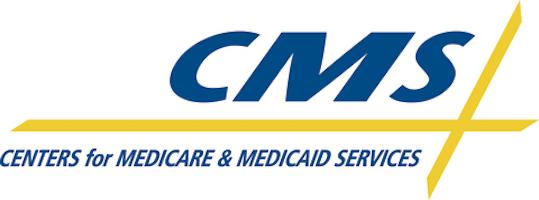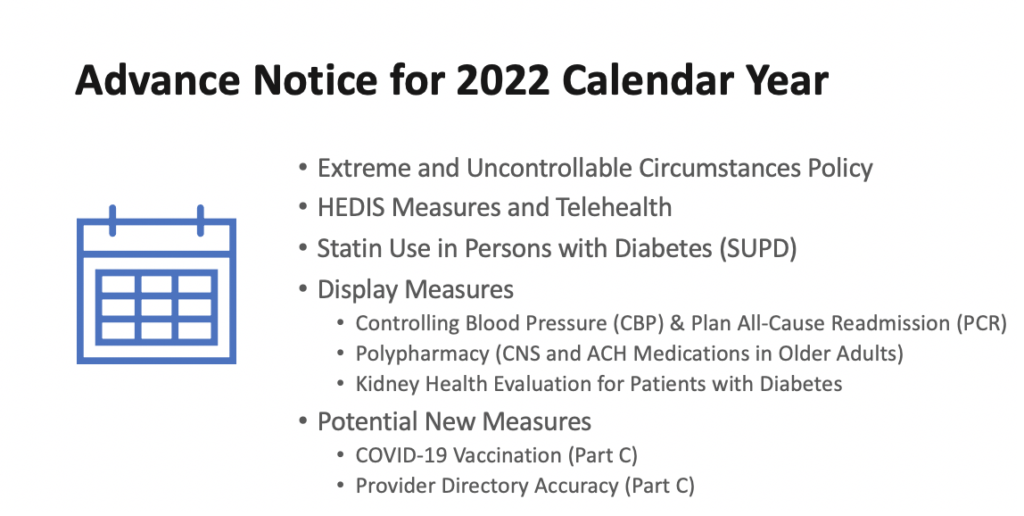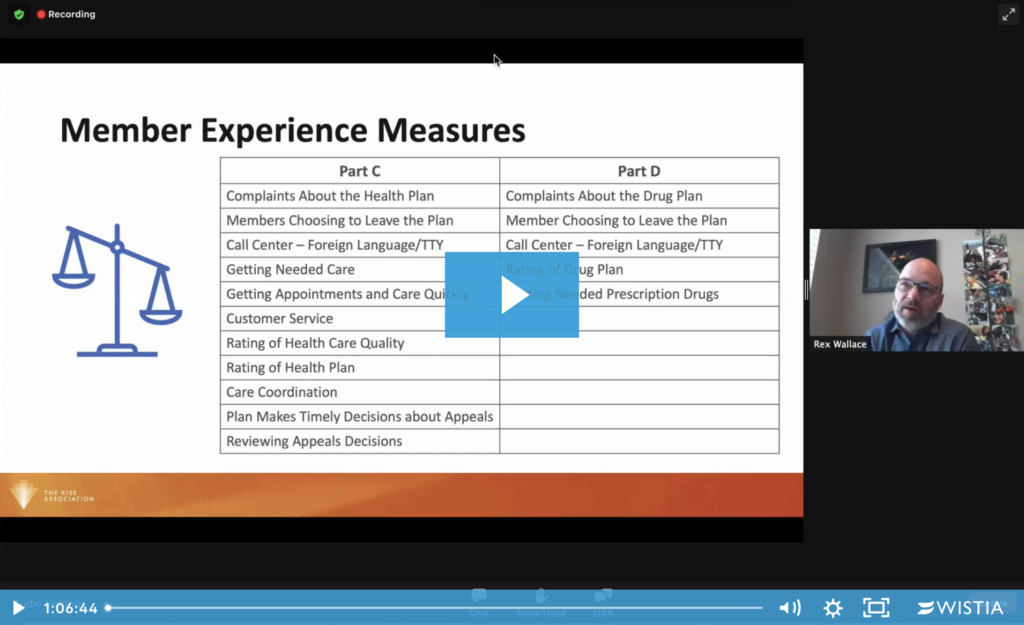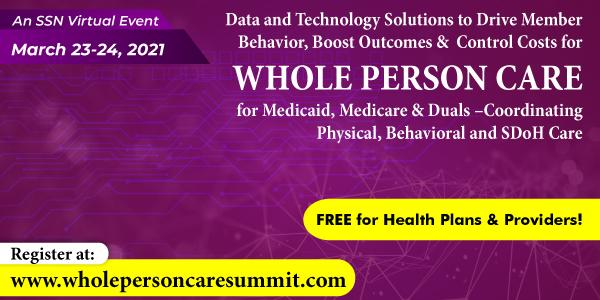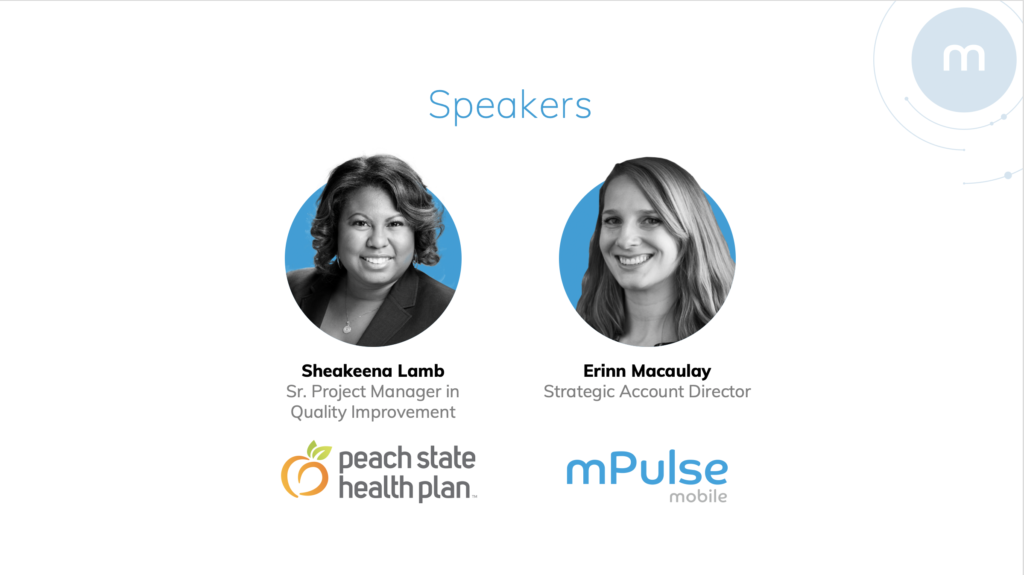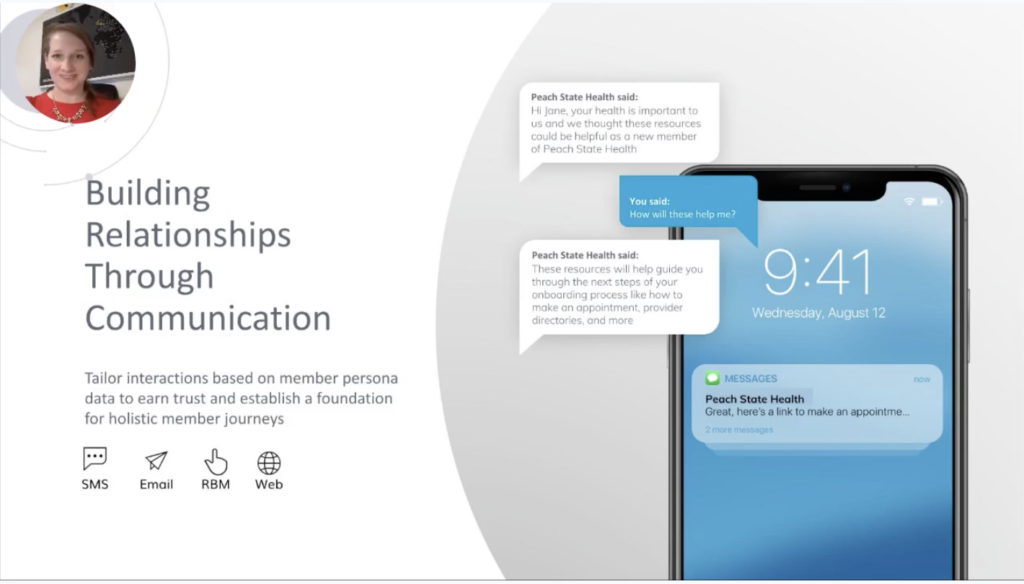Big news for healthcare organizations that have been hesitant to fully leverage text messaging due to conservative interpretation of the Telephone Consumer Protection Act (TCPA). On April 1, 2021 the Supreme Court ruled that automated messaging did not fall under the TCPA if the system sending the messages was not an automatic telephone dialing system (ATDS). The court’s definition of an ATDS was very narrow. Whether storing or producing numbers to be called, the equipment in question must use a random or sequential number generator to be considered an ATDS. Therefore, if organizations, healthcare or not, are not using an ATDS to send messages, then those messages do not fall under the TCPA. The ruling provides additional protections that should persuade more conservative organizations to adopt prior express consent strategies.
The TCPA was established in 1991 to protect consumers from the growing number of telephone marketing calls. In 2013 and 2015 a series of carve-outs added provisions for healthcare related calls and messages where consumers who have knowingly released their phone numbers to a HIPAA compliant entity (or its Business Associate) have effectively given their invitation or permission to be called at the number which they have provided, absent instructions to the contrary. The call or message must fall within the scope of the consent that it was provided. Most commonly, this means if an individual provides their mobile phone number e.g. filling out an application form (paper or online) for health coverage or signing up to a medical practice, then they have provided consent for that company or another operating under a BAA to use that number to contact that individual.
If you applied to a state Medicaid agency for health coverage and provided your mobile number on that enrollment form, then after coverage was granted you received a message from the managed care organization you had been assigned to, it would not a be a surprise. More likely it would be a good experience. Maybe even expected.
But some healthcare organizations have taken a more conservative interpretation of the law and require the strictest consent requirements: prior express written consent. Applying prior express written consent to the above example, in addition to providing their number when enrolling at the state level, the member would have to specifically provide written consent (typically, by providing their number again, checking a box to confirm consent, or texting in a keyword) in order to receive automated communications from that health plan managing their benefits. This approach significantly reduces the percentage of members who can benefit from valuable informational messages to help them manage their health.
Unless healthcare organizations are using a system that has the capacity to generate and store random or sequentially generated phone numbers, which is extremely unlikely, this Supreme Court ruling means messages they send to patients and members do not fall under the TCPA. There is no law regulating their messaging, minimizing any risk of class action litigation.
However, member consent is part of providing a positive experience. That’s best practice. So, what the ruling effectively means is that in addition to the protections afforded by consent, healthcare organizations have another layer of protection by falling outside of the ATDS definition. Depending on how organizations have previously interpreted TCPA, here is some guidance to help align on a new approach:
Organizations that have historically obtained prior express consent
- These organizations do not need to adjust their approach. Using prior express consent means they can engage the majority of the members and drive optimal value out of the SMS channel.
- Business leads should work with their legal teams to transition to a prior express consent strategy. Any concerns about the prior express consent approach are mitigated by the additional protections afforded by the Supreme Court ruling.
- Business leads should assess the context of how individual numbers were originally provided. If the number will be used to engage individuals on topics related to the scope of how it was provided, then the business leads should work with their legal teams to transition to a prior express consent strategy.



